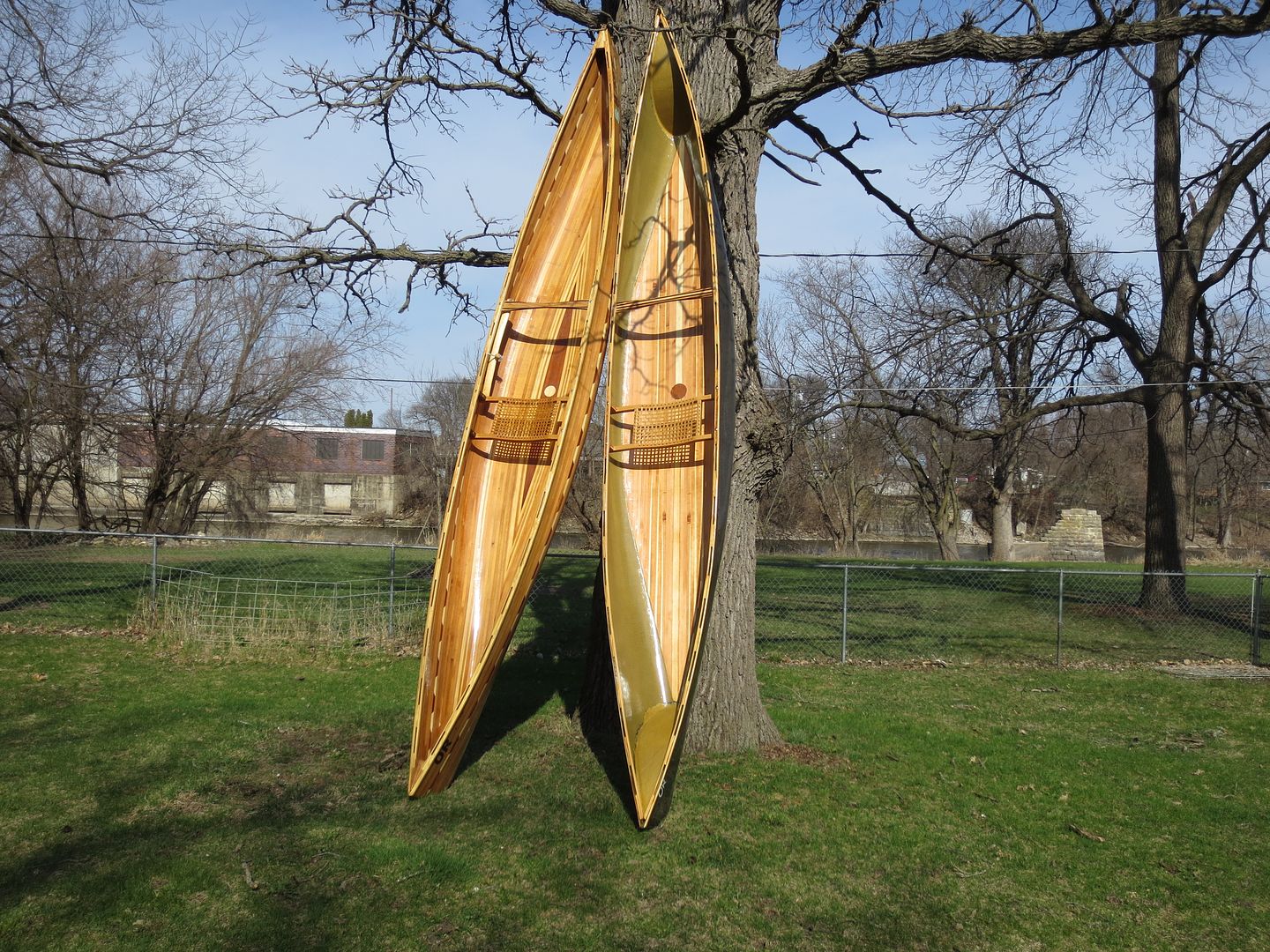I am a lawyer with a background in intellectual property law and can answer this question with some confidence as to U.S. law. I make no representations about the laws of other countries. To be clear up front, I am not in this or any thread on this site ever giving legal advice in the attorney-client sense to any individual, but only discussing general legal principles as I might in a publication or lecture.
Copying a boat hull by using its hull as a plug and then molding an identical hull is called "splashing". The short answer is that it is legal to splash a hull unless that hull is validly registered under the 1998 Vessel Hull Design Protection Act ("VHDPA"), which very probably no canoe currently is.
The longer answer is that the United States Supreme Court, in the 1989
Bonito Boats case, decided that splashing was legal and that any state law that tried to make splashing illegal was invalid. Under lobbying pressure from some boat manufacturers, Congress gave boat hulls some limited form of legal protection by passing the VHDPA in 1998.
Protection under the VHDPA is very limited.
First, the VHDPA
does not apply to any hull that was publicly available prior to October 28, 1998. This, by itself, renders the vast bulk of historical canoe hulls ineligible for VHDPA protection, and hence available for legal splashing.
Second, registration protection under the VHDPA for new hulls designed after October 28, 1998, only lasts for 10 years. After that, the protection expires and splashing the hull becomes legal.
Third, it is mandatory that a VHDPA registered hull bear a conspicuous notice that must state that the design is protected and contain the year in which the protection first commenced along with the name of the owner of the design. I've never seen any canoe with a VHDPA notice on the hull.
Fourth, that is not surprising because probably no commercial canoe has ever been registered under the VHDPA. There have been a grand total of 538 hull registrations granted under the VHDPA, and
none since February 27, 2013. You can see every VHDPA registration
HERE. I looked through this entire list about 10 years ago and found only a small handful of oddball, one-off canoe registrations, for which the 10 year protection period has now expired. In fact, it only takes a minute of perusing the registration list to determine that there have been no canoe registrations in the 10 years since October 2012, which means that no current canoe is protected by the VHDPA.
Dave Yost told me in 2009 that none of his hulls had ever been registered under the VHDPA, and I got the impression that he had never actually heard of it. Only one lawsuit has ever been litigated under the VHDPA and the splasher won. In short, the VHDPA has been vastly underutilized and has been essentially a practical failure as a hull protection law.
I want to emphasize that the above analysis only applies to physical hull splashing in the U.S. Even though physical canoe hulls can be protected only by the VHDPA—and none probably is for all the reasons above—a hull designer's written hull plans and drawings can be protected by U.S. copyright laws. Therefore, while it may be legal to physically splash mold a hull, it may be illegal to make that very same hull from copyrighted plans or drawings for which you did not obtain a license.

